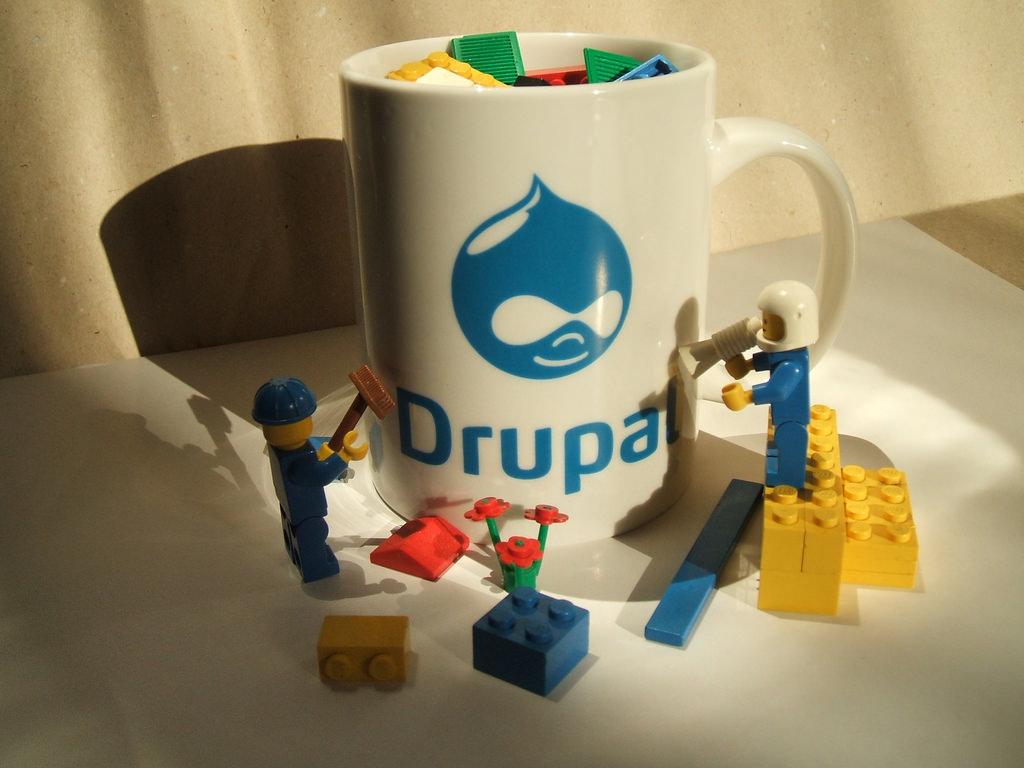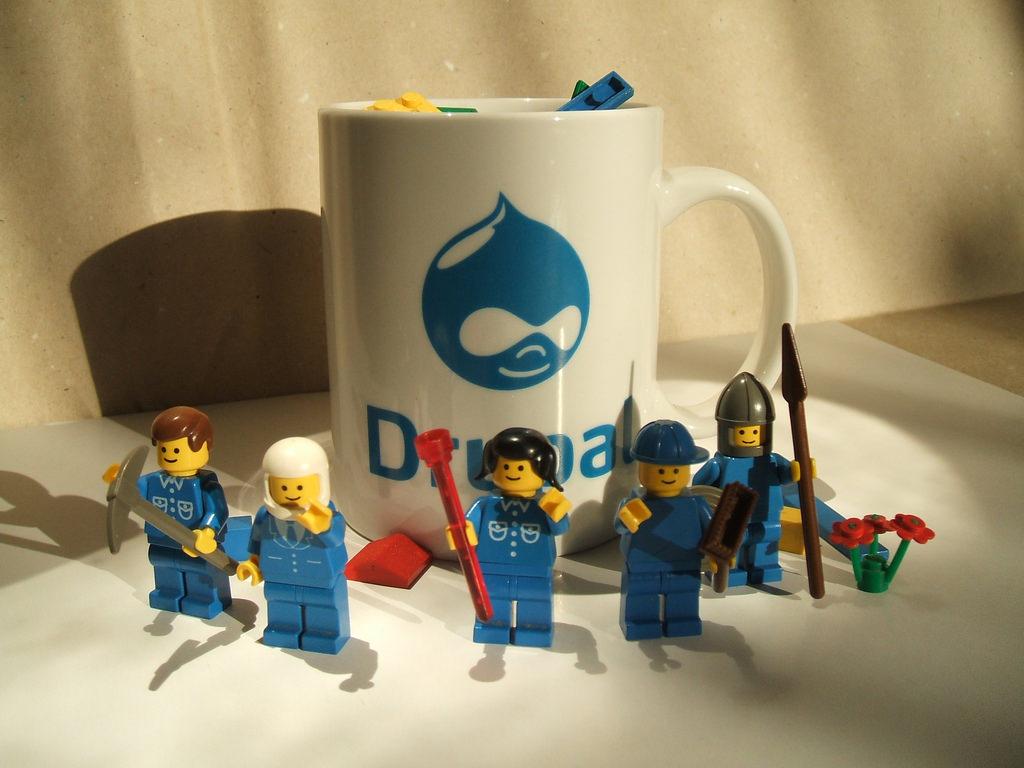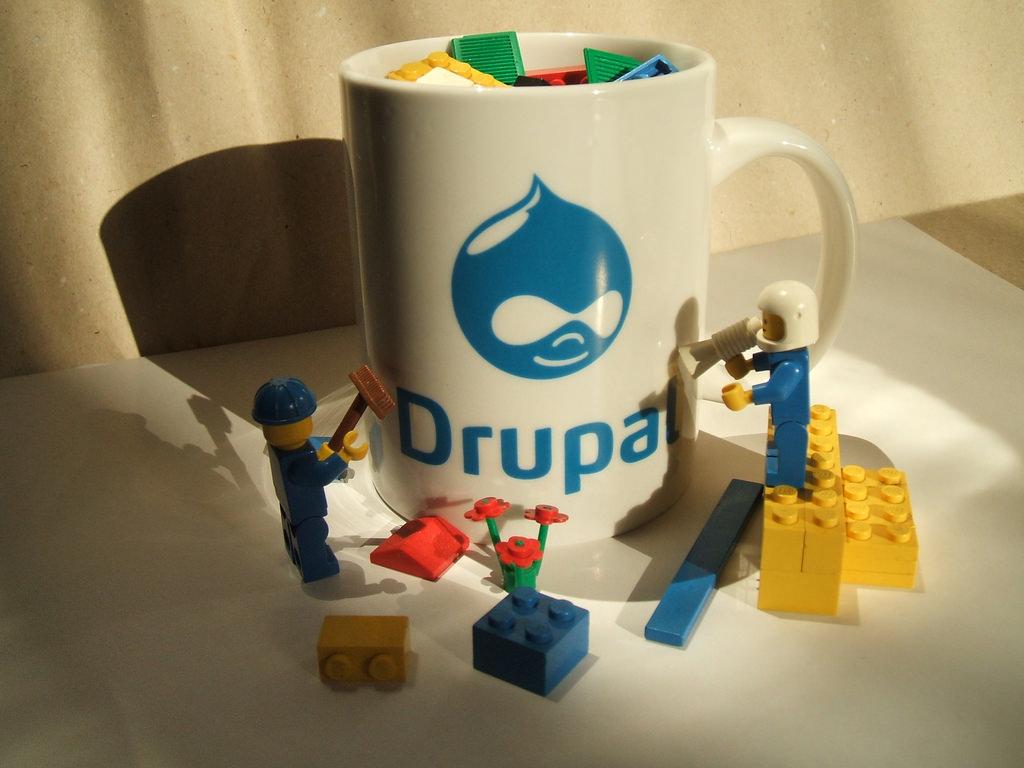Quick Overview of Drupal for Beginners & How To Get Started


Drupal is a class of web content management systems used as a valuable tool for some of the busiest websites around. It encompasses a wide field of user preferences and functions and is designed for both multi-users and single users. Drupal is accessible to professionals and novices alike, but developers tend to favor it because of its high performance rating and capabilities.
It was launched in March 2008 by Dries Buytaert, the founder who wrote the original software. Drupal is an open source content management software (“CMS“), which means that it recognizes content as individual pieces called “nodes” in the Drupal system. These pieces are then collectively labeled as “views” and can be distributed through print, RSS (“Rich Site Summary“), or other mediums.
Drupal will not only output the information it is given, but will also take it in and interpret it. Drupal has resource description framework (“RDF“), which allows it to take in a lot of content and then present it all equally. RDF is especially useful when changes are made that need to be incorporated throughout the entire website. Consequently, users don’t have to think about styling headlines from one to the other.
Nodes are also separate from the design, meaning that any changes done to an individual piece of content can be easily replicated to affect all content in a uniform manner. Drupal is a server-based platform, meaning that you can take files and put them on a remote computer so that others can then access them through a back-end database.
Getting to Know Basics of Drupal
Users of Drupal can learn as much as they want about the intricacies of the system by getting an account and visiting Drupal.org (probably the best way to understand the product fully). One way to describe the Drupal system is a compendium of computer programs that access a computer database and deliver information through a web server.
To get started using Drupal, you need a database and a web server, as well as knowledge of the PHP programming language, a database program such as MySQL, and as a web server like Apache. Drupal provides tools for monitoring your website that become accessible upon opening an account.

Breaking Down Drupal
There are several key terms to become familiar with when using Drupal:
Node : The most important term to know and understand is the node, which is a single piece of content published on a Drupal site
.
Content Types: Content types are quite literally types of content such as a page, story, or blogpost.
Module: In Drupal, a module is a piece of software that you can put into Drupal to give it functionality. Some modules are optional and others are required.
Core: The last thing to know is the “core”, or the basic set of modules that are included with the default Drupal download. When the time comes to launch your site, Drupal conveniently requires little to no additional work to go from developmental to public use.
Get Clicked Into The Drupal Community
Hopefully, this quick overview of Drupal for beginners will get you started on a successful journey towards website development. There are many users on Drupal who are more than happy to help out the beginner as well as discuss more advanced matters. Get plugged in at Drupal.org with a community and support after you have opened your account.
Endertech is a Los Angeles Web Developer able to provide solutions for your Drupal and other web development needs. Contact us for a free consultation.

Top & Middle Photo Source: Gabor Hojtsy
(https://www.flickr.com/photos/gaborhojtsy)
under http://creativecommons.org/licenses/by-sa/4.0

